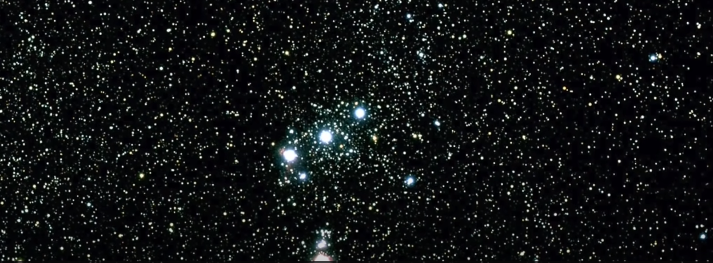Today we will know about black hole Follow these steps
-
How do black holes form?
-
Did Black Holes Form Before Stars Did?
-
Who discovered black holes?
-
Do black holes die?
-
Are black holes wormholes?
-
Intermediate black holes
-
How many black hole are there
-
Nearest black hole to earth
How do black holes from?
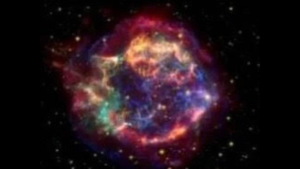
The majority of black holes emerge when massive stars die and collapse. As a star dies, its material is compressed into a smaller and smaller space. It eventually creates what is known as a stellar mass black hole. According to astronomers, one of these relatively small black holes is born every second.
Did Black Holes Form Before Stars Did?
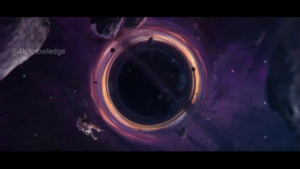
Some black holes may have formed before the first stars did, in the early universe. These are called primordial black holes (PHS). Scientists think that PHS could have formed when the universe was very young and dense, and some regions had more matter than others. These regions could have collapsed into black holes without going through the star formation process. PHS could have different sizes and masses, depending on when and how they formed.
Who discovered black holes?
Singularities are sites where the usual laws of physics fail to apply. Black holes were predicted by math (solution of Einstein’s field equations) before they were observed in nature. However, they are surrounded by surfaces known as eventhorizons.

Black holes were predicted by math (solution of Einstein’s field equations) before they were observed in nature. However, they are surrounded by surfaces known as eventhorizons. Anything that crosses the event horizon is devoured forever.
If you’re a physics student, you’re well aware that this is a problem because the second law of thermodynamics (the most stringent of nature’s constraints) states that entropy, a type of disorder, must constantly rise. However, if high-entropy systems could be swept into nothingness by black holes, this would not be the case. Then an Englishman arrived on the scene and solved the problem by demonstrating that black holes themselves had entropy, and that the more they devoured, the larger it became. This meant that black holes have a temperature and hence must emit radiation.
Do black holes die?
Black holes do not die per se, but they are theoretically predicted to eventually slowly evaporate over extremely long time scales.
According to source, they can die but how!
Just out of curiosity, so all galaxies have black holes at their centres. Does that mean that those black holes will eventually consume the galaxy they hold together, therefore, all galaxies will eventually be consumed and all that will be left will be black holes, but with nothing left to feed them they will eventually die too.
Are black holes wormholes?
The first point is that white holes could just be the opposite end of black holes, linked by hypothesized space-time tunnels known as wormholes. As a result, matter and energy that fall into a black hole will ultimately beam out of a white hole, somewhere in this or another Universe.
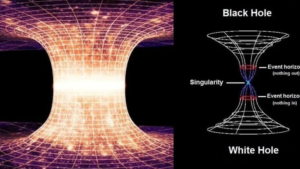
A wormhole, according to the source, connects distant areas in space. A throat connects two wormhole mouths in space. Because the throat is drawn to itself, the simplest theoretical wormholes seal off instantaneously.
The tunnel collapsed, leaving only the two mouths, now known as black holes. A quantum connection between the mouths might prevent the throat from collapsing, allowing something to pass through the wormhole. A Quantum link is shown as a glow around the lips, which has a stabilizing impact on the wormhole tunnel. A wormhole connects distant areas in space.
A throat connects two Wormhole mouths in space. Because the neck is drawn to itself, the simplest theoretical wormholes immediately collapse. The tunnel has collapsed, leaving just the two mouths, which are now known as black holes. A quantum connection between the mouths could prevent a neck collapse, allowing something to go through the wormhole. A Quantum link is shown as a glow around the lips, which has a stabilizing impact on the wormhole tunnel.
Intermediate black holes
Intermediate black holes “bite” stars and “throw away” the rest !

If intermediate-mass black holes exist, they make a big mess of feeding on stars, biting off bits and “throwing away” the rest. That’s the conclusion of research led by Northwestern University and accepted for publication by The Astrophysical Journal .
There is still no evidence for the existence of intermediate black holes, although some candidates have already been put forward with solid evidence. If they are really out there, they are 10 to 10,000 times more massive than stellar-mass black holes (formed by stars that explode in supernovae), but much smaller than supermassive black holes.
In their new study, the team led by Fulya Kıroğlu simulated some black holes of different intermediate masses to find out how they behaved when feeding on stars. This is useful for knowing what astronomers should be looking for when looking for these objects, as they have proven difficult to detect.
To do this, they created a model of a star formed by a handful of particles and sent it towards the intermediate-mass black hole. Initially, it is “stuck” in the orbit of the black hole, but is soon torn apart by violent “bites”. With each lap around the black hole, more matter it loses.
The star manages to make a maximum of five complete turns around its tormentor before only its core remains as a remnant. At that point, it is ejected away at high speed, breaking free of the black hole’s gravity.
The authors were also able to calculate the gravitational force that acted on the particles during the approach to the star and the speed with which its remnant was ejected. Incidentally, Kıroğlu claims that it traveled so fast that it could be identified as hypervelocity stars, which have already been observed in the centers of galaxies.
How many black holes are there?
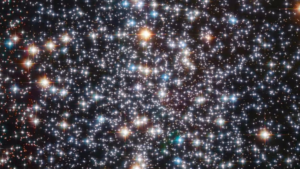
There are over a hundred million black holes in our universe. Several thousand of these black holes are formed today, and several thousand are older than our Sun. A supernova KK explosion produces many black holes. I am talking about my Milky Way Galaxy only. In the entire universe, trillions of black holes are born in one second.
Nearest black hole to earth

Because it is barely 1600 light-years distant and potentially provide insight into the evolution of binary systems, this unequivocal first detection of such a black hole represents an interesting chance to investigate.
